Fire Island Artificial Reef
Depth: 62 - 73 ft
2.0 nautical miles south of Fire Island Lighthouse

Not Shown:
- 1,500 automobile tires
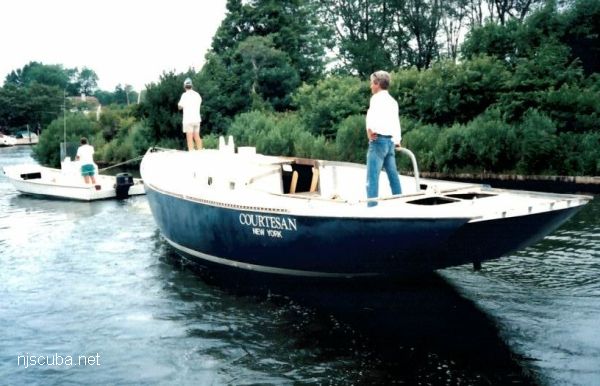
- Type:
- artificial reef, sailboat, USA
- Specs:
- ( 34 ft )
- Sunk:
- Monday July 27, 1998 - Fire Island Artificial Reef
- Depth:
- 70 ft
- GPS:
- 40°35.896' -73°12.934'
More: Courtesan ...
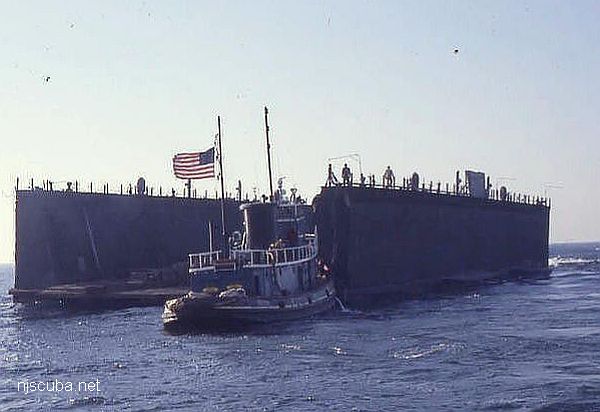
The "Ocean Prince" drydock (above) was sunk in 1986 and is well-attested. New York has photos of a clearly different drydock which they place here, but I believe is actually at Shinnecock, and I have placed it there.
- Type:
- artificial reef, barges
- Depth:
- 62 - 73 ft
| Name | Description | Sunk | GPS |
| 110 ft steel | Thursday Sept 9, 1999 |
40°35.973' -73°13.242' |
|
| Air Force Scow |
110 ft steel | Sunday Oct 14, 2018 |
40°35.914' -73°11.986' |
| Dump Scow DS-24 |
100 ft steel | Sunday Oct 14, 2018 |
40°35.838' -73°12.015' |
| Irvington | 60 ft steel | 2024 | 40°35.949' -73°12.308' |
| Piano Scow | 30 ft steel | Sunday Oct 14, 2018 |
40°35.872' -73°12.022' |
| "Ocean Prince" Drydock #4 |
200 ft steel drydock |
Saturday Nov 29, 1986 |
40°35.704' -73°11.968' |
More: barges - Fire Island Artificial Reef ...
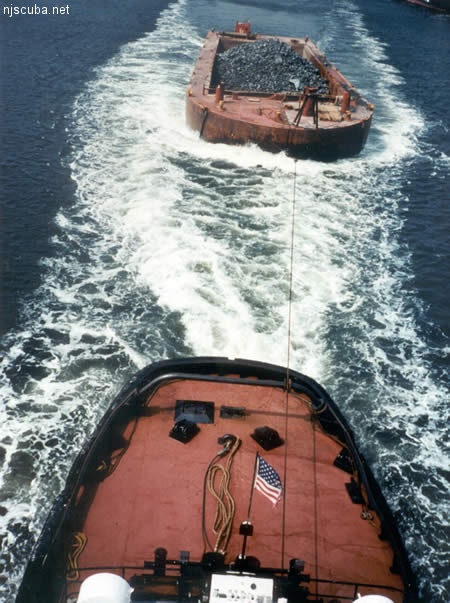
All manner of concrete, steel, and stone rubble from dredging, demolition projects, and other construction is used as artificial reef materials. This material is generally available at very low cost or free from construction companies who are more than happy to get rid of it. Transportation costs determine where this material is used by the Reef Program.
More: Rock & Rubble ...
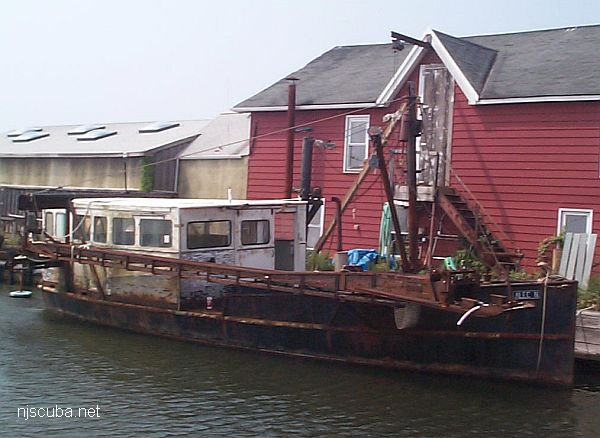
- Type:
- artificial reef, clam dredge, USA
- Built:
- ?
- Specs:
- ( 45 ft )
- Sunk:
- 1999 - Fire Island Artificial Reef
- Depth:
- 70 ft
- GPS:
- 40°35.961' -73°13.012'
More: Alec N ...
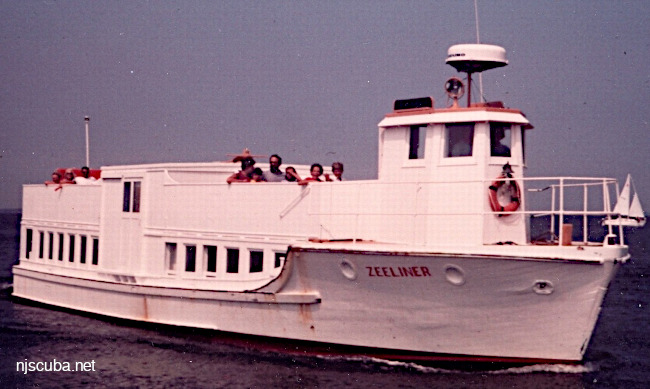
- Type:
- artificial reef, ferry, converted WWII Navy patrol boat, USA
- Built:
- Specs:
- ( 63 ft )
- Sunk:
- Friday May 10, 1985 - Fire Island Artificial Reef
- Depth:
- 75 ft
- GPS:
- 40°35.587' -73°11.221'
More: Zeeliner ...

The Artificial Reef Program used four types of obsolete Army armored vehicles as artificial reef materials off the New Jersey coast. These were cleaned at local military bases, loaded onto barges for transport, and pushed off at their final destination. Once the Army had disposed of its excess inventory, the program ceased, around 1999. The Artificial Reef Program has sunk almost 400 tanks altogether, far too many to list them here in this website.
More: Army Tanks ...
